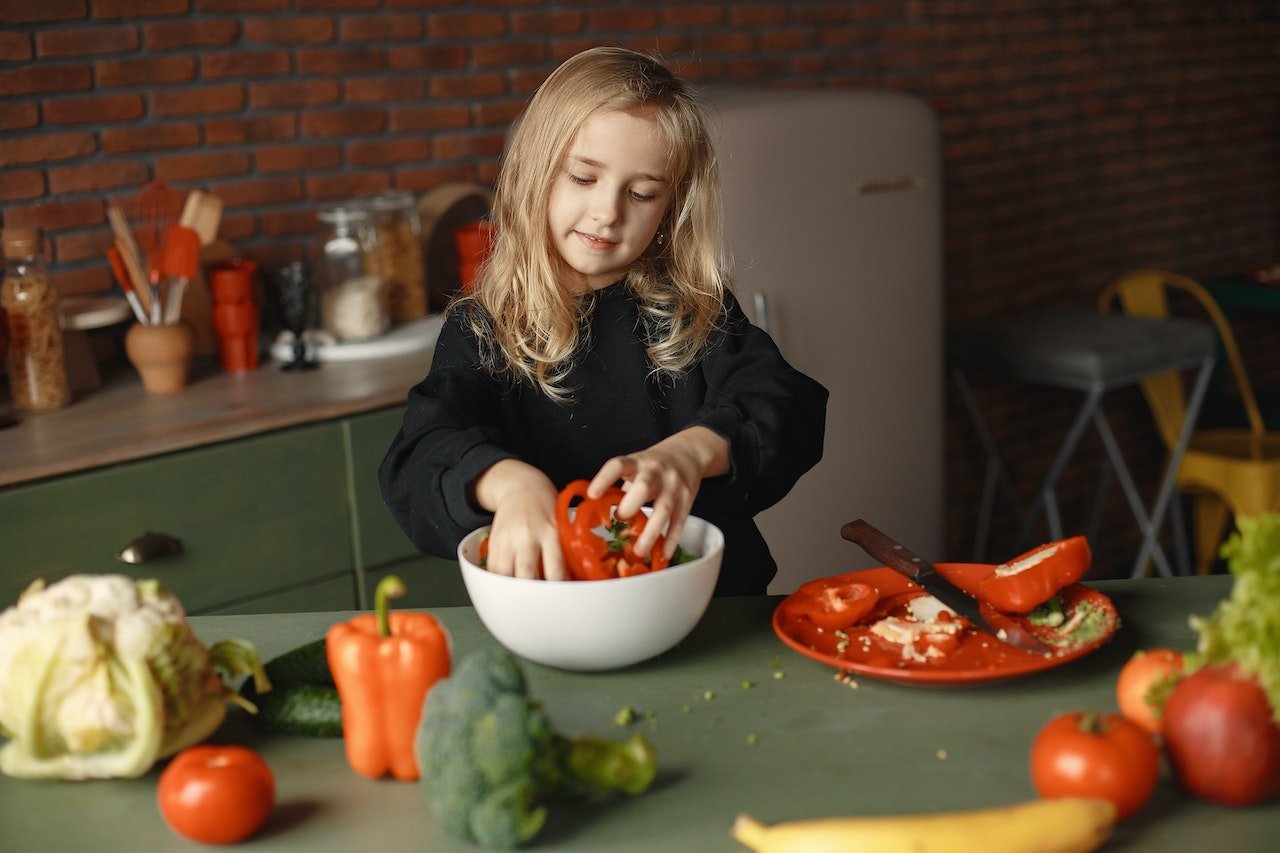There are different stages in raising children. One of them i want, which unfortunately also applies to food. In this case, parents often start to worry and look for advice on what to do if the child does not eat, how to encourage him to put at least a bite in his mouth. Unfortunately, there is not one universal answer, every child is unique and may need a unique way, or even several, to talk to them. Both children's dishes and dishes with unusual shapes or legends can help you. In this article, we discuss the reasons why children refuse to eat or try new foods, and even give you 5 ways to encourage them to put a bite in their mouth..
Why does the child refuse to eat??
- Rebels. Children go through many stages as they grow. One of them is rebellion, or otherwise looking for limits. Around their second birthday, children begin to explore the limits of their parents' patience and love. They do illegal things and watch how the parents will react, where are the limits of actions. Likewise with food, what will happen if I don't eat, if I refuse one or another dish. In addition, babies are often so cunning when they refuse one dish in the hope of getting a tastier one.snį.
- Doesn't like it. There are also cases when the child does not eat one or another dish because he simply does not like it or one of the ingredients. Try to experiment and change something in the usual dish, add or remove something from it. Perhaps introducing new flavors will encourage your child to eat again?
- Maybe he's not really hungry It should be remembered that a child's stomach is much smaller than an adult's. Children tend to eat little, but often. And the fact that your offspring ate very little yesterday, and today is eating unbelievably normal. The developing organism is not consistent, so the need for food can simply be unstable. And you really shouldn't worry that your child is hungry, believe me, if he is hungry, he will definitely let you know.š.
The child refuses to taste new dishes
Your child refuses to taste new, unusual dishes for him Do not be afraid, this is natural. Like you, he is also hesitant to try unfamiliar dishes for the first time. It is very natural that when you see a suspicious dish, you immediately refuse to even try it. However, this does not mean that your child will never eat this dish... Most children need to be offered the same food more than once or twice in order to finally dare to try it, because some children are not inclined to experiment by nature.s.
You will need creativity to encourage your child to try a new dish. You can offer him to cook together, so the little one will see all the products used, maybe even taste one or the other during the cooking process. If the dish is already prepared, tell the child about its ingredients and so onp neutralizehis distrust of the new image on the plate. Perhaps all the ingredients used are known to the child and thus he will accept the new dish faster. Read in the next section how you can encourage your child to try new dishes.
5 tips to encourage your child to eat
-
Show an example. Our offspring often imitate us without realizing it. It can be the same with eating. Eat at the same times and with the same foods that you offer your little ones and they are likely to kick less. After all, you would snort at your mother's cake while eating broccoli...
-
Use the containers intended for them. Playfulchildren's dishes ordishes for babies may also encourage your offspring to eat. After all, it is much more pleasant to spoon porridge from a bunny or bear plate than from an ordinary boring plate. In addition, special dishes for children are made of harmless and easy-to-clean materials, and some can even be fixed to the surface, so you can be sure that the plate will remain on the table and not under it.
-
Serve lunch playfully. Children get bored quickly with various things. Including food. You are baking pancakes for lunch. Coolly change their shape and surprise your child! While pouring the prepared pancake mass into the pan, try to draw out letters, numbers, various cobwebs, vague shapes with a ladle. Together, you will not only be able to eat, but also try to see the various shapes in the pancake puzzle.e.
-
Tell an unexpected story. Pureed spinach soup for lunch, which you have a feeling your child will refuse What if you told an even stranger story about that strange green soup Would you call it Alien Soupuba“?
-
Cook together. If your child is already able to do simple tasks, invite him to cook together. Put the spoon in and ask them to mix, pour, add, knead or similar. Of course, stay away from giving a young child sharp or other tools that they can get themselves into. Cooking can be really fun if you make it a game by folding the paper before making chefhats, aprons or set the table together as if it were a restaurant. A child who is interested in this way is likely to eat much more willingly.





